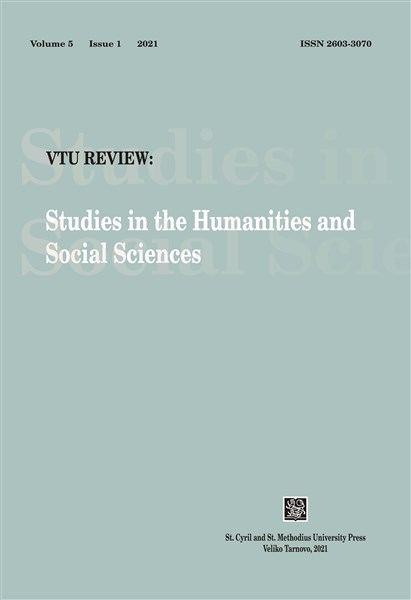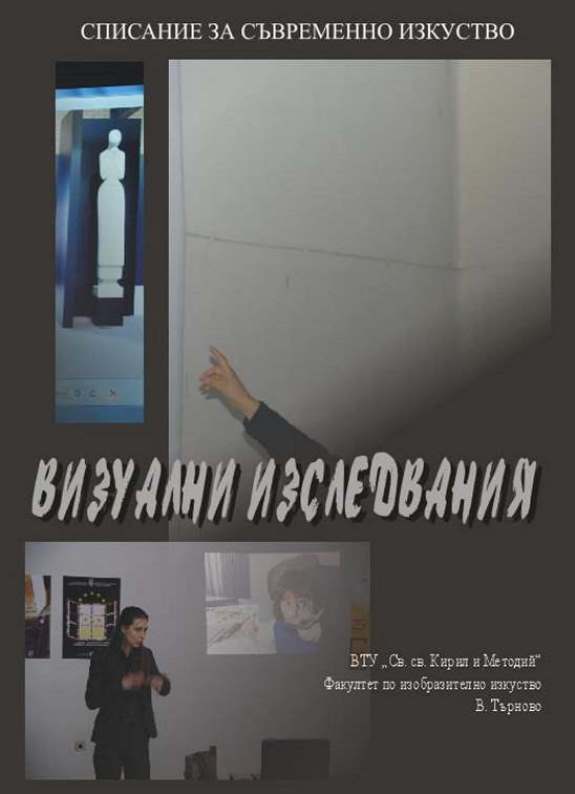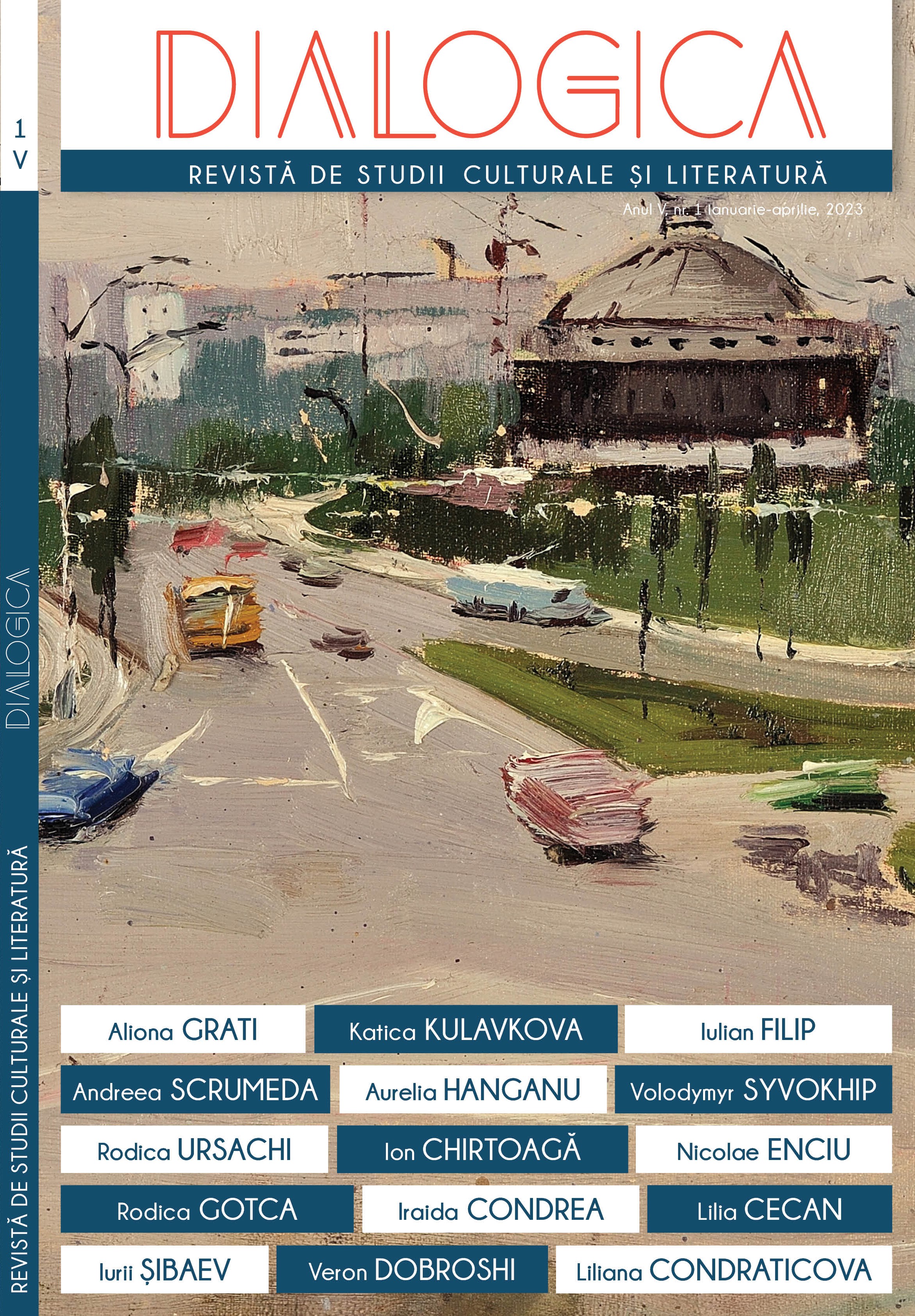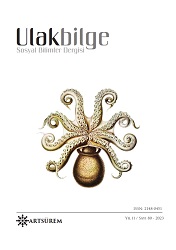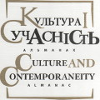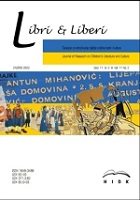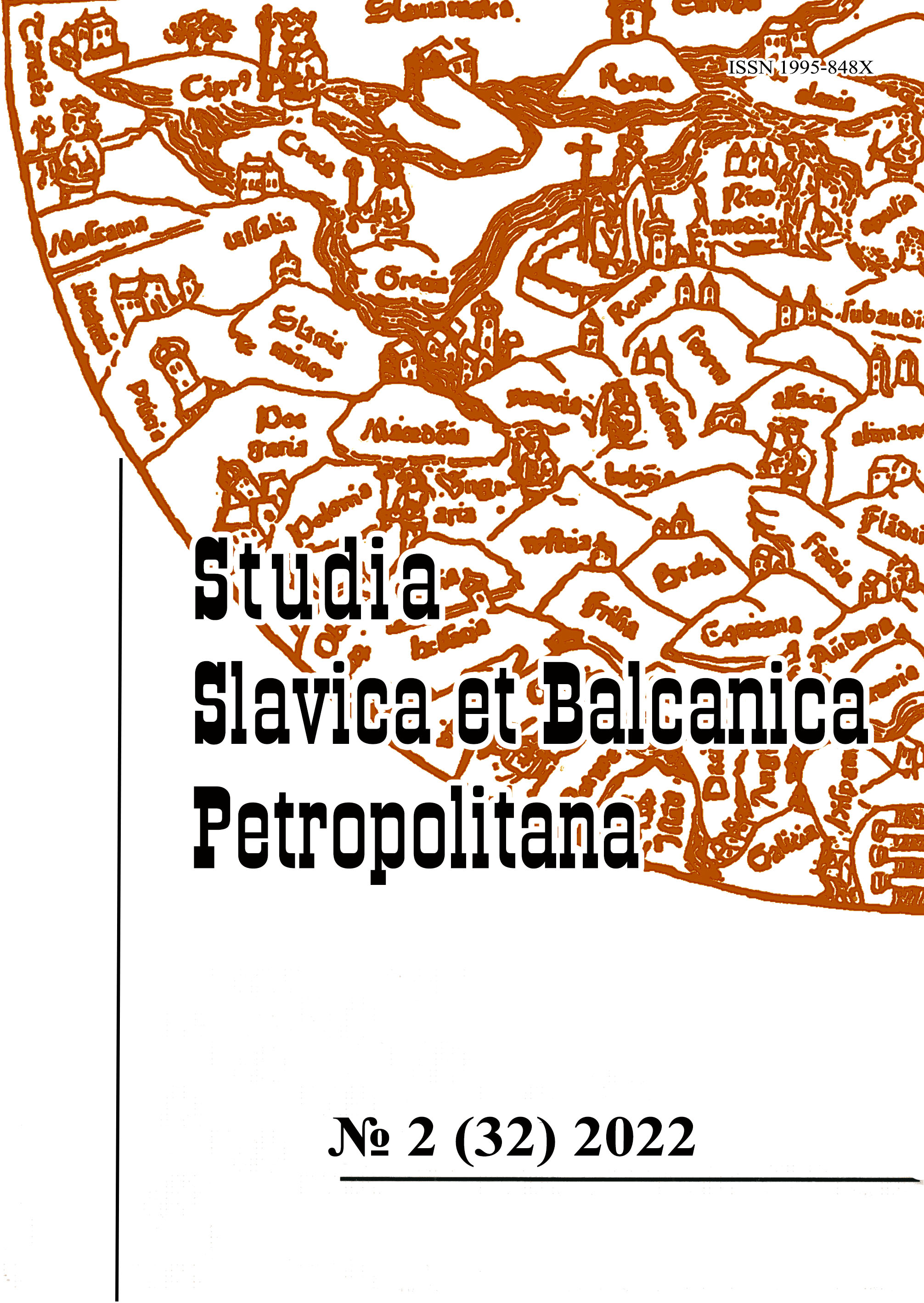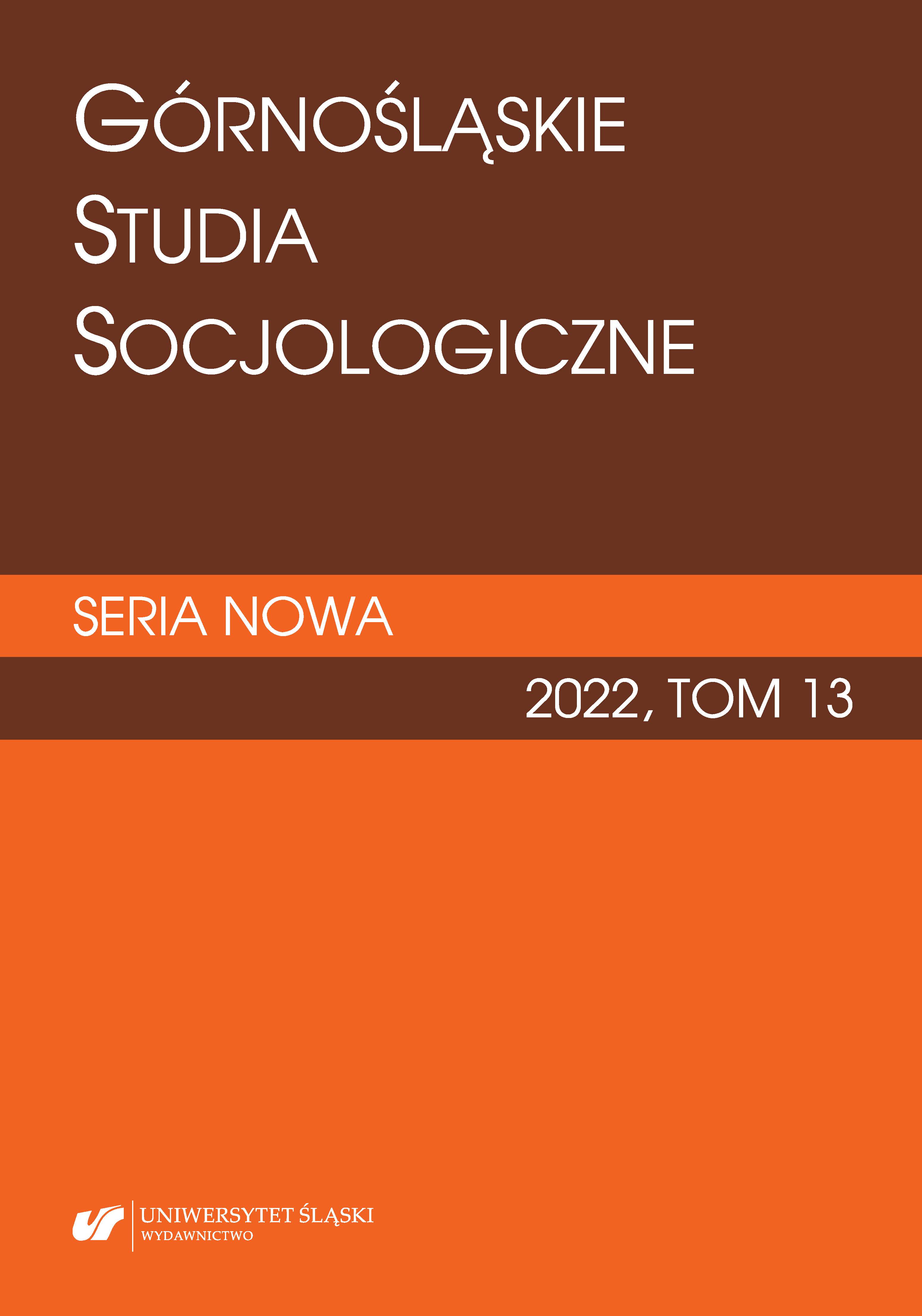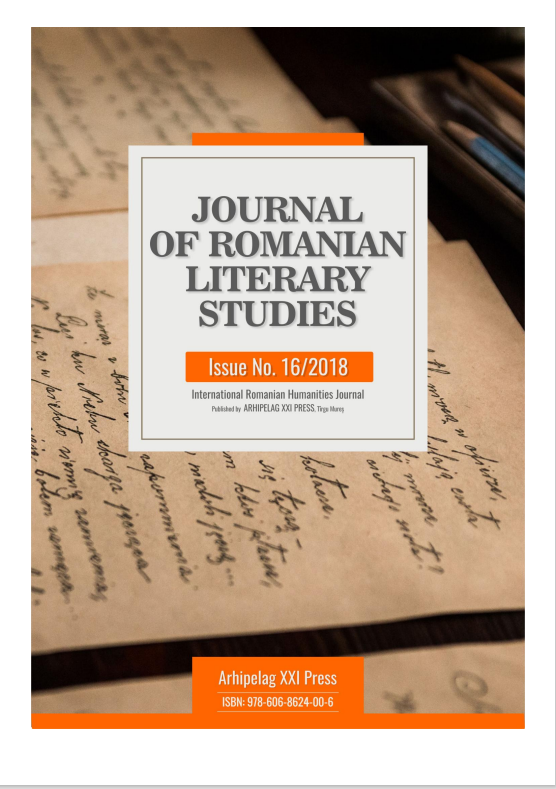Author(s): Olena Kapshukova / Language(s): Ukrainian
Issue: 2/2022
The purpose of the article is to reveal the regularities of socio-cultural and art history activity formation in the context of researches and representations of M. Hlushchenko`s tangible cultural heritage. The research methodology is based on cultural-historical, analytical, synthetic, and comparative methods to outline similarities and highlight differences in processes of socio-cultural activity related to M. Hlushchenko’s figure, artistic work, and personal archive. The scientific novelty. Based on the analysis, synthesis, and comparison of the main exhibitions, publishing projects, and journalistic activities dedicated to the 120th anniversary of Mykola Hlushchenko, the priority vectors of specialists’ activities in socio-cultural sphere have been identified. Dependency of socio-cultural activities in process of representing the M. Hlushchenko`s cultural heritage has been detected through the cultural-historical method in accordance with public needs. Conclusions. For 30 years since Ukraine regained its independence, the tradition of presenting socio-cultural projects for artist's anniversaries, probably borrowed from the Soviet times, has been established. In other words, the actualisation of M. Hlushchenko’s cultural heritage takes place cyclically, every five years. Today, the number of open, but still unexamined archival documents is growing every year, and mostly they are included in the scientific circulation without proper systematisation and processing. Traditionally, exhibition activity, namely the demonstration of some individual pieces of M. Hlushchenko's creative achievements, occurs at regional level. The main scientific investigations of M. Hlushchenko’s heritage has been carried out in related scientific fields, such as history, cultural studies, and archival work. Research activities are held by scientists insufficiently, accordingly, M. Hlushchenko’s cultural heritage still remains understudied, although it occupies an exceptional place in the history of Ukrainian art of the 20th century and deserves special attention and more detailed modern art research. Currently, we consider that the most significant contribution to research and representation of M. Hlushchenko’s cultural heritage in the field of socio-cultural projecting is publication of information with limited access, in particular archival documents and artistic works.
More...
